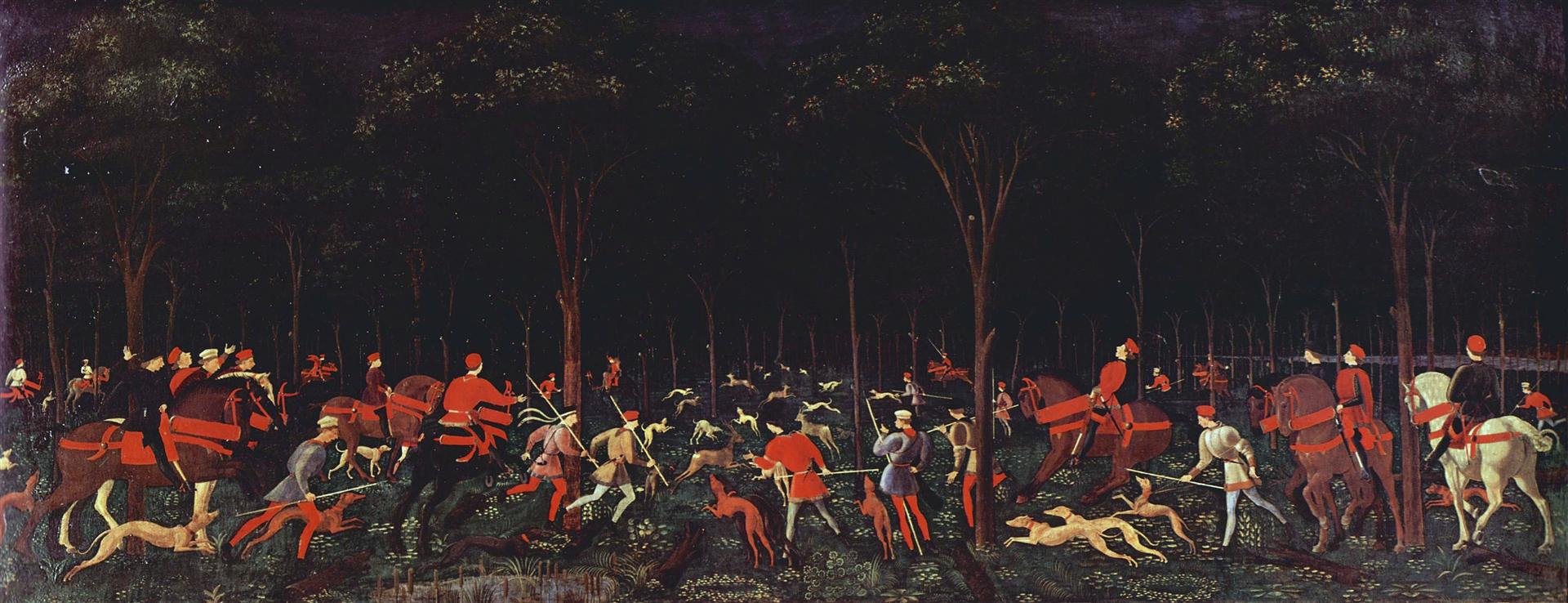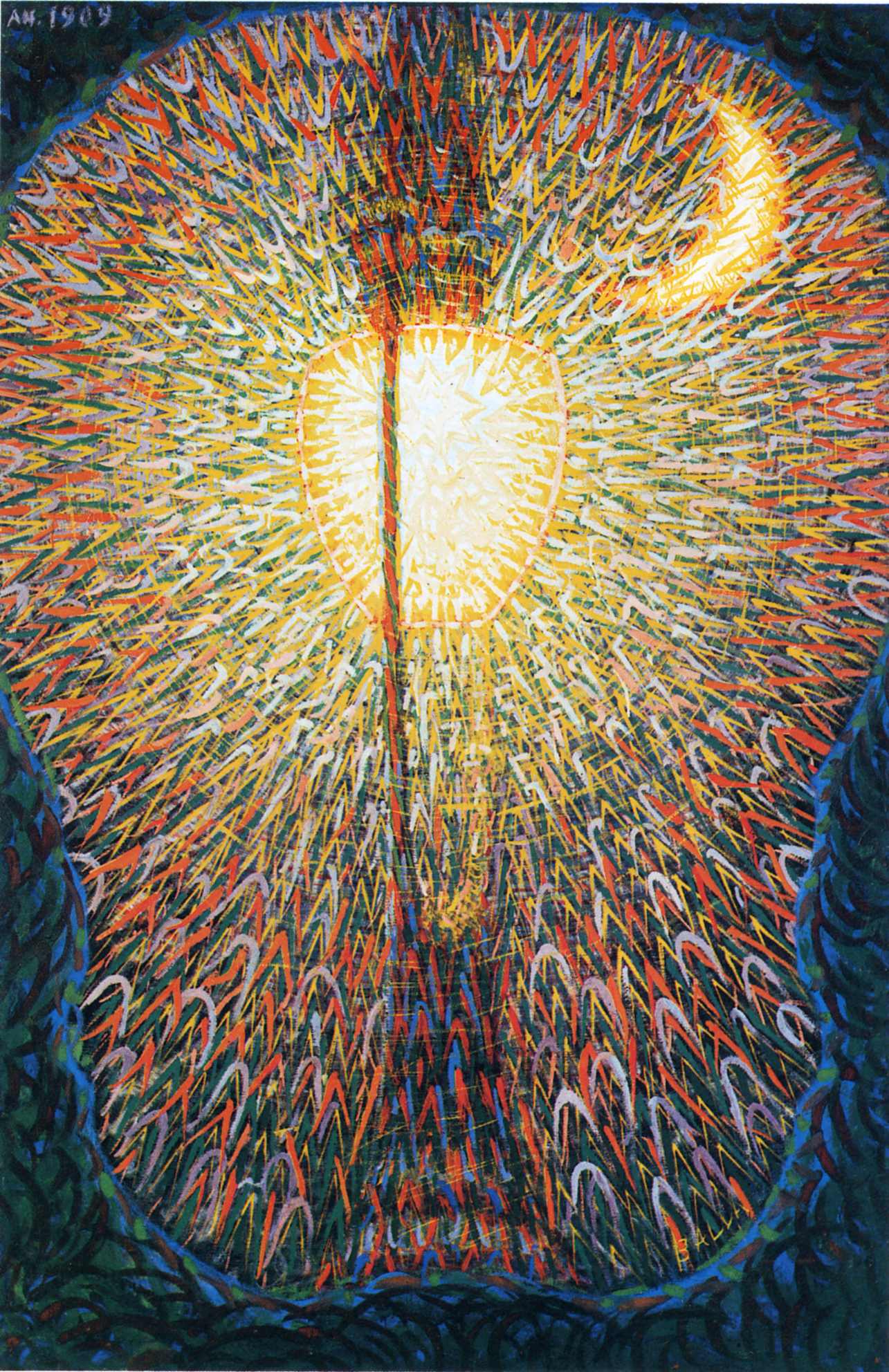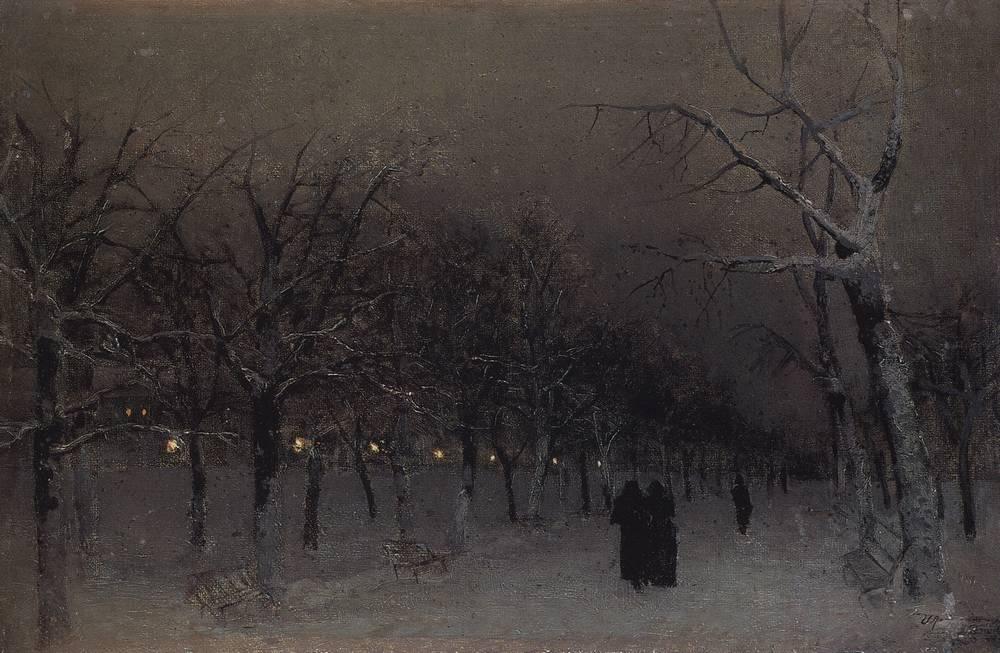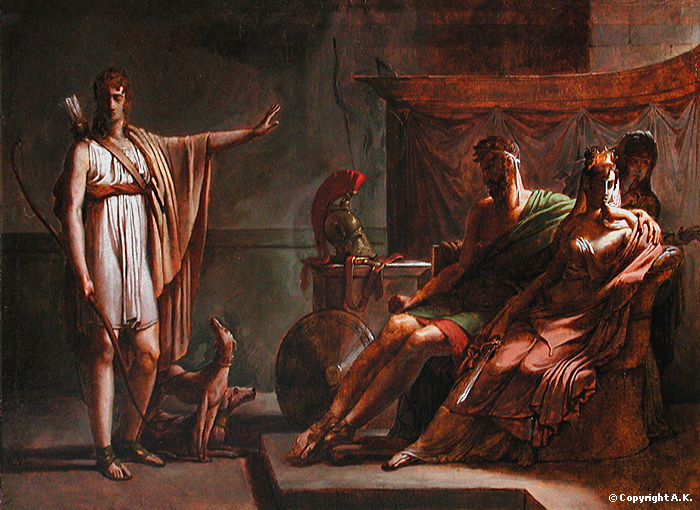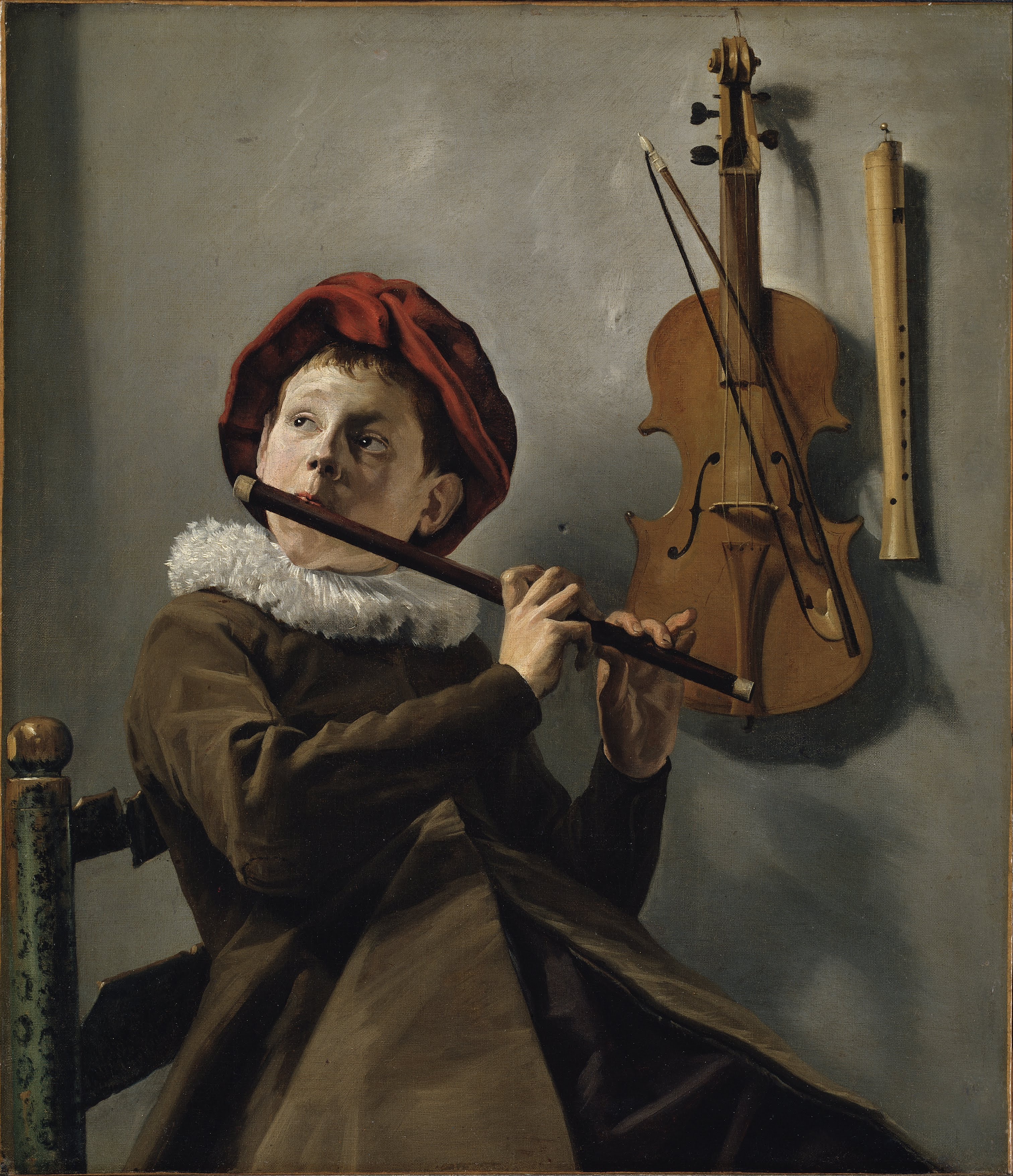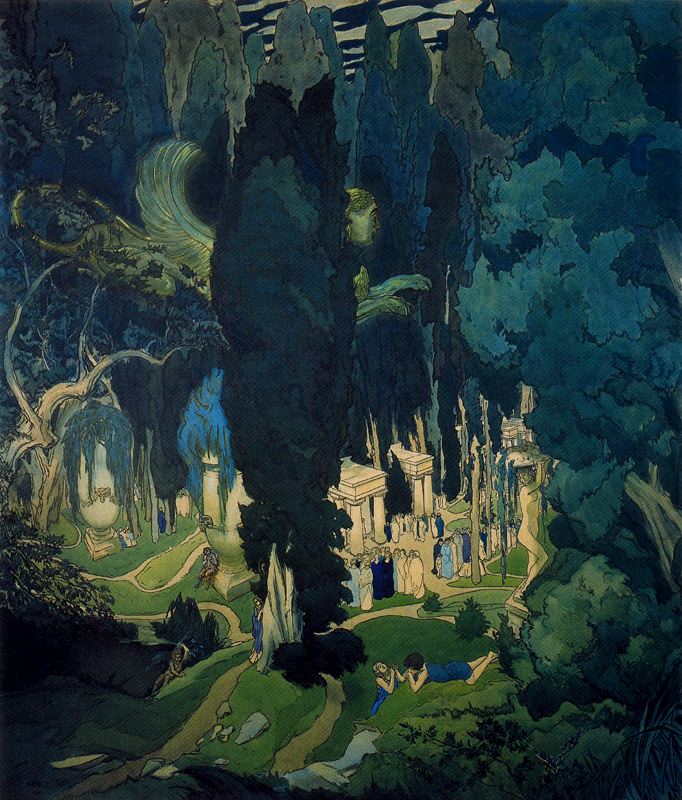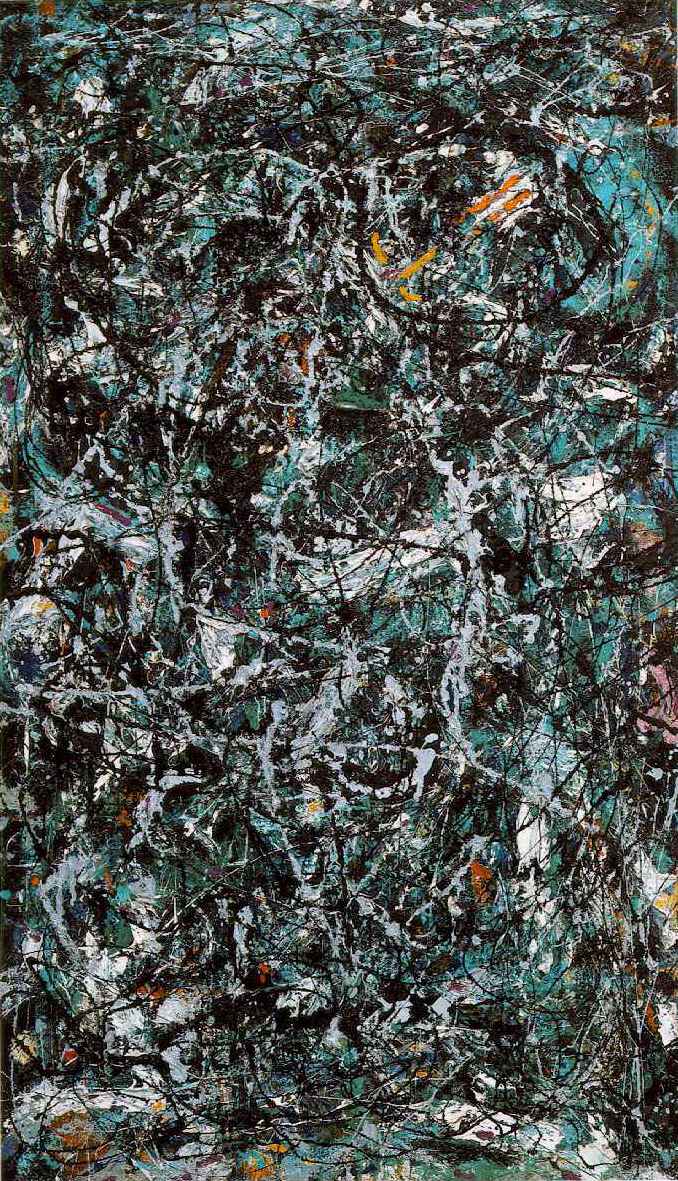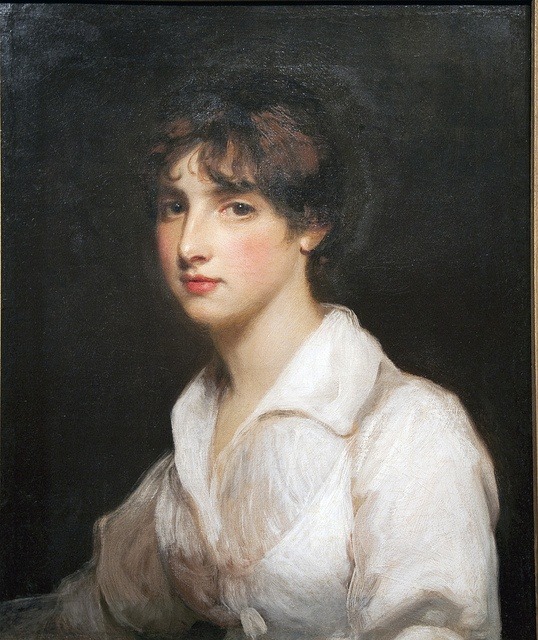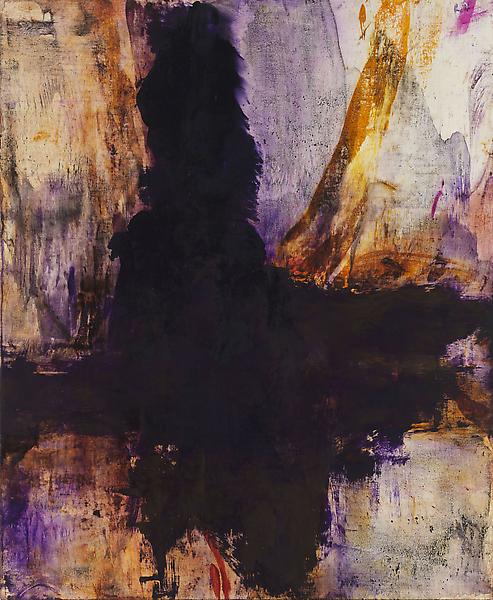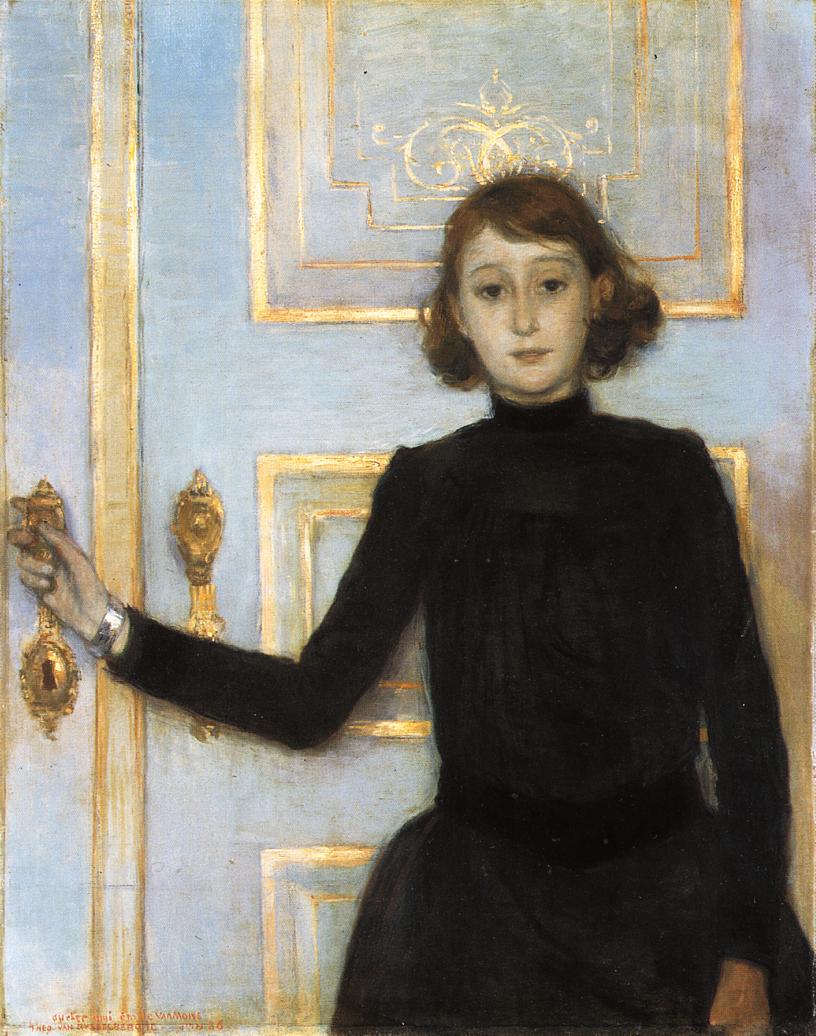Michelangelo, The Torment of St. Anthony, 1487-88
18.5 x 13.25 in.
Michelangelo (1475-1564) is of course one of the most celebrated figures in the history of art. His contributions to painting, sculpture, and architecture are immeasurable and he created some of the most prevalent artistic images in our culture. He was also a skilled poet and engineer. Born Michelangelo di Ludovico Buonarotti Simoni, he was considered the greatest living artist during his lifetime and was the first Western artist to have a biography published during his lifetime. His influence on art and Renaissance culture is perhaps greater than any other figure of the period. The Torment of St. Anthony is Michelangelo's earliest known painting, done when he was twelve or thirteen years old. The painting is after an engraving by the German printmaker Martin Schongauer. Until recently, the painting was attributed to the studio of Domenico Ghirlandaio, to whom Michelangelo was apprenticed at the time. It was decided in 2009, after close examination, that the panel was indeed a Michelangelo. The trials of St. Anthony were a popular subject at the time, showing the saint besieged by devils but resisting their temptations. This painting differs significantly from most of Michelangelo's work, being based on the late Gothic style of Schongauer, but already we can see the skill of a master emerging. There is great detail and texture in the rendering of the demons' faces and bodies, great tension in their moving limbs and contorting forms. Anthony's face shows great passion and emotion, with each hair in his beard carefully executed. The landscape at the bottom of the scene also holds great interest; though presented rather roughly, the water and trees effectively communicate their presence and movement. Michelangelo's depiction of the rocks is also fascinating, presented realistically with rough and sharp surfaces, yet they also have a certain softness in their molding that creates a deep beauty. With intense colors and somewhat sculptural forms, this painting contains some elements that herald the artist's later work, but it also offers a glimpse into this young genius, when he copied the popular German engraver and was beginning to master his craft.
This is my 200th post, so I would like to thank all of my readers. I hope you continue to enjoy my blog.

